- Home
- Residential
- Blog
- Top Tips On Reducing The Electronic Waste Pollution In Singapore
[Post Date]
Top Tips On Reducing The Electronic Waste Pollution In Singapore
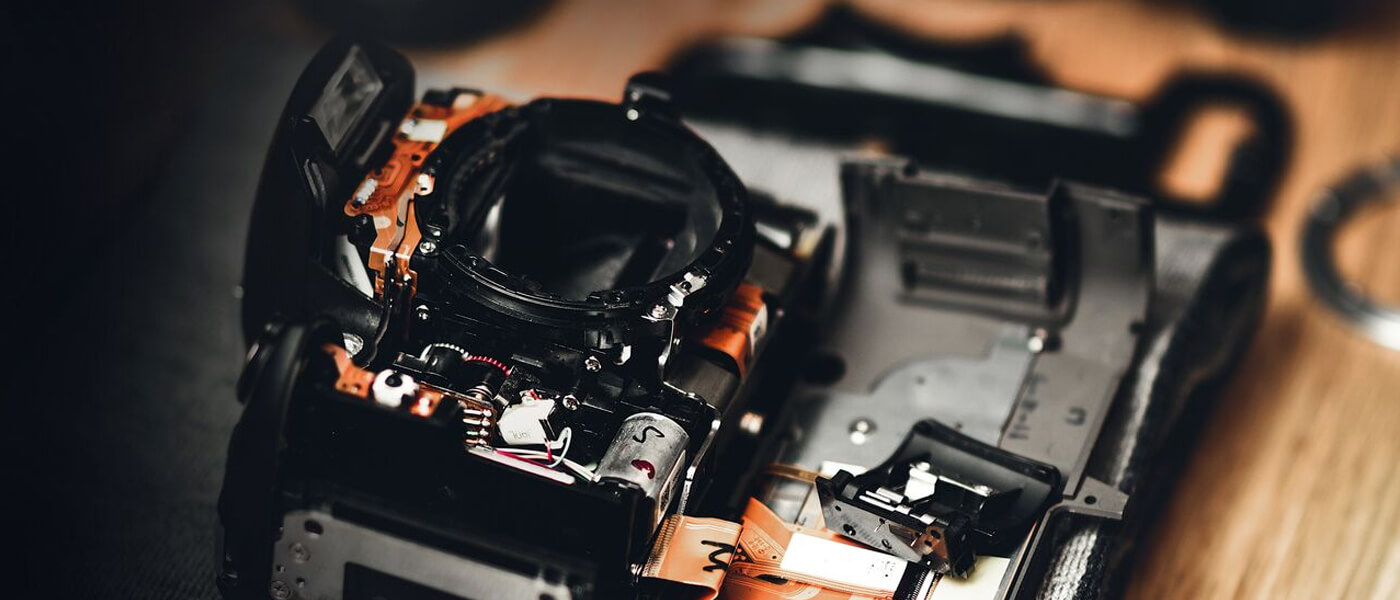
Over the past months, we have held conversations on combating food waste, being savvy with our resources and paying attention to marine trash. Becoming mindful of the impact of our consumption and lifestyle is the first step in dealing with the environmental problem facing our future.
This time, we look at an oft-neglected, insidious and ominous waste – electronic waste.
What Is Electronic Waste?
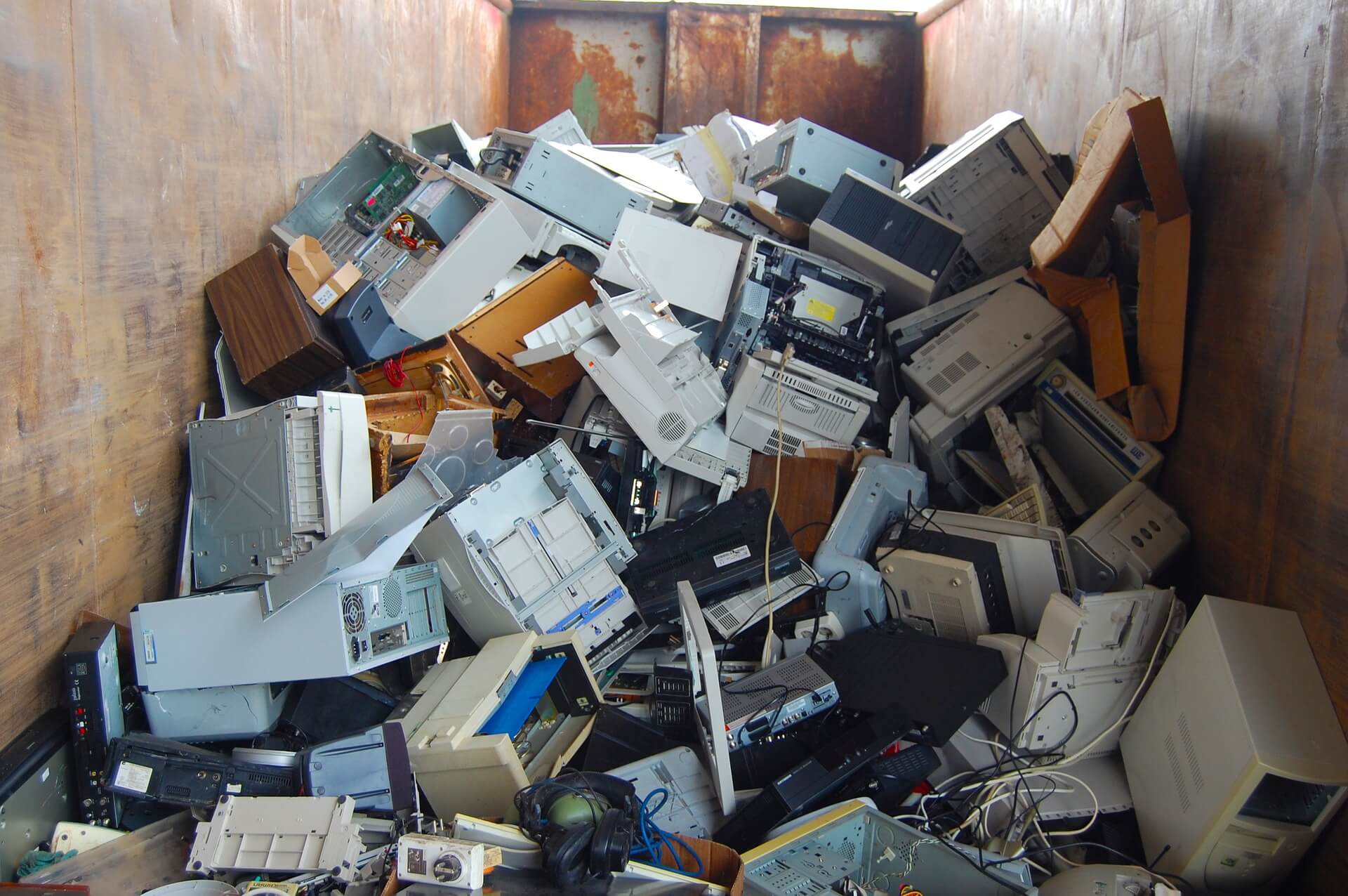
Electronic waste, or simply e-waste, refers to electrical or electronic devices that have been discarded. Electronics that are destined for repurposing, either to be reused, resold, refurbished, recycled or simply disposed are regarded as e-waste.
Contrary to popular belief, the processing of e-waste is not always something green warriors can be proud of. The process can release many harmful materials and substances into the environment.
How Harmful Is E-waste?
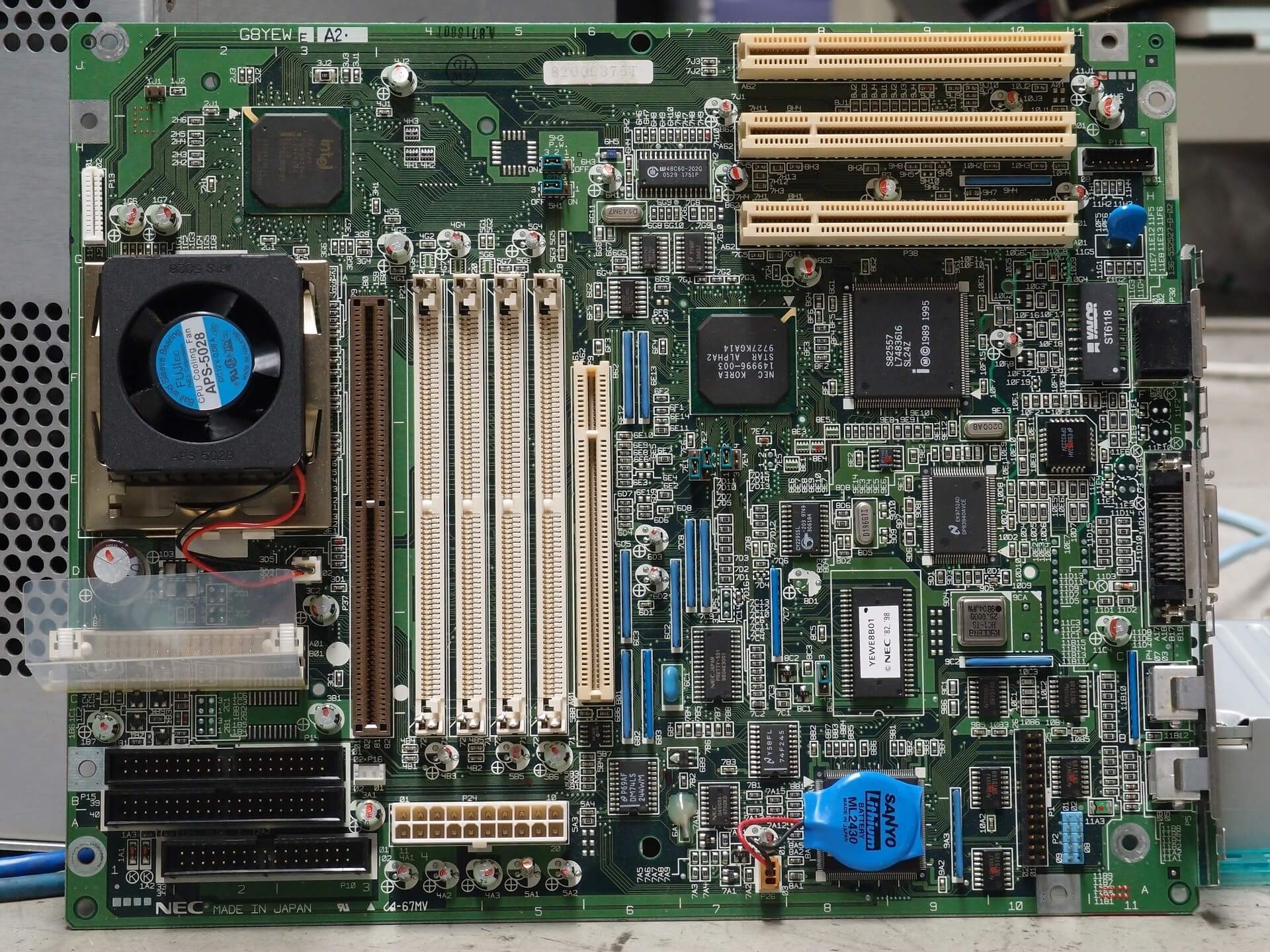
There is a reason why parents freak out when children discover “oily” batteries. This “oil”, which is either a corrosive and contaminating alkaline (in alkaline batteries) or acid (in lead batteries), is just one example how e-waste can harm our health and the environment.
Many electronics are made with materials that are far from friendly for health and environment. Such materials include:
- Lead
Used to make wires and solders. Lead exposure can damage the brain and nervous system, leading to coma, fits and death. - Cadmium
For electronics coating and rechargeable batteries. Very toxic and exposure can cause cancer and impair heart, kidney, gastrointestinal, brain, reproductive, and respiratory functions. - Beryllium
Used in making phone parts and portable devices. Damages the lungs when breathed in and causes berylliosis. - Brominated flame retardants
Can cause cancer and may affect brain and mental functions. - Polychlorinated biphenyls
Used in electronics fluids, capacitors and transformers. Highly toxic and carcinogenic.
Such compounds, among many others like mercury and lithium, when released into the environment, can pollute air, water, ground and wildlife. Such pollution ends up back in the food supply chain and accumulate over time.
How You Can Reduce E-waste
Sell away or donate unwanted/obsolete electronics
One man’s trash is another’s treasure. Selling or giving away gadgets helps to prolong its usefulness and keep it off the trashcan or landfills.
Finding buyers for such items is not difficult with Facebook’s Marketplace, Carousell, Craigslist and even Gumtree. If your item in question is a cell phone, you can always try to get a good deal with mobile phone shops.
Whatever it is, keeping electronics in good condition is always a good way to maximise sale value!
Dispose of/Recycle E-Waste the Right Way
As explained earlier, e-waste can contain a lot of hazardous materials and, thus, proper disposal is needed. Big electronics brands like Apple, Samsung, and other electronics companies have programs to take back unwanted gadgets. Certain shopping malls have e-waste bins where you can safely discard your electronics.
As compared to producing new parts, recycling old electronics can help save a lot of energy and reduce the demand to mine the raw materials.
Take Good Care of Your Electronics
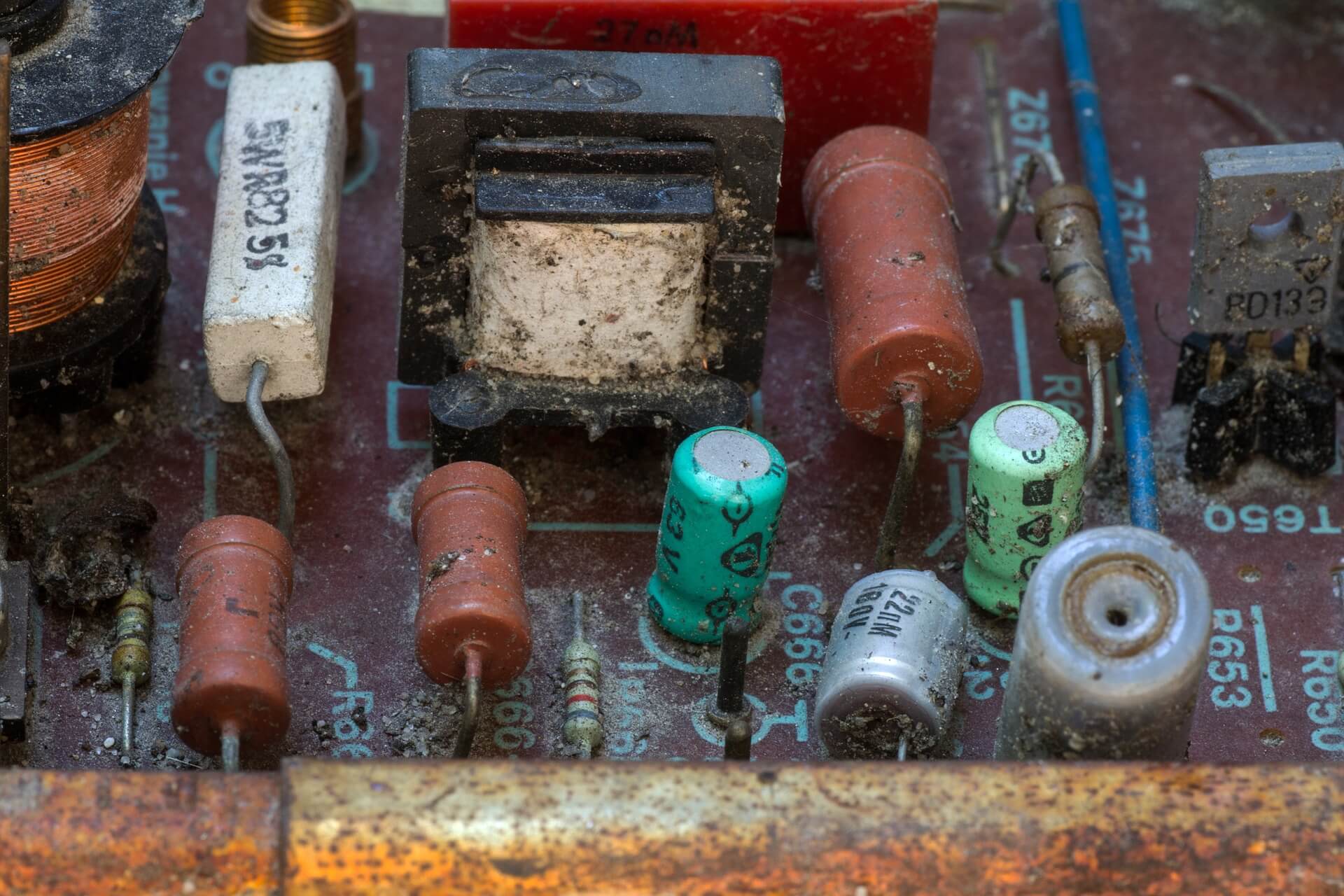
Keeping your electronics in good condition not only allows you to sell it off at a better price later, but meanwhile increases its lifespan. This way, it can help reduce the demand for replacements. Here are some simple tips to taking care of electronics:
- Keep them out of extreme cold and heat
- Clean lint-free/microfibre cloth to prevent lint from filling up crevices or going into the chips.
- Turn off TV’s power before cleaning to avoid having moisture going into the components and shorting it. TVs can get quite hot; vacuum the air vents often to ensure dust do not trap heat or prevent the fans from working well.
- Make sure electronics that heat up during use, such as the TV, computers and microwave ovens, are well-ventilated.
- Make sure to declutter your computer’s drives so that it can run smoothly and quickly.
- When going away for a few days, keep laptop and mobile phone batteries at 80% – not empty nor 100% full – to maintain batteries’ lifespan.
Learn to Repair Electronics
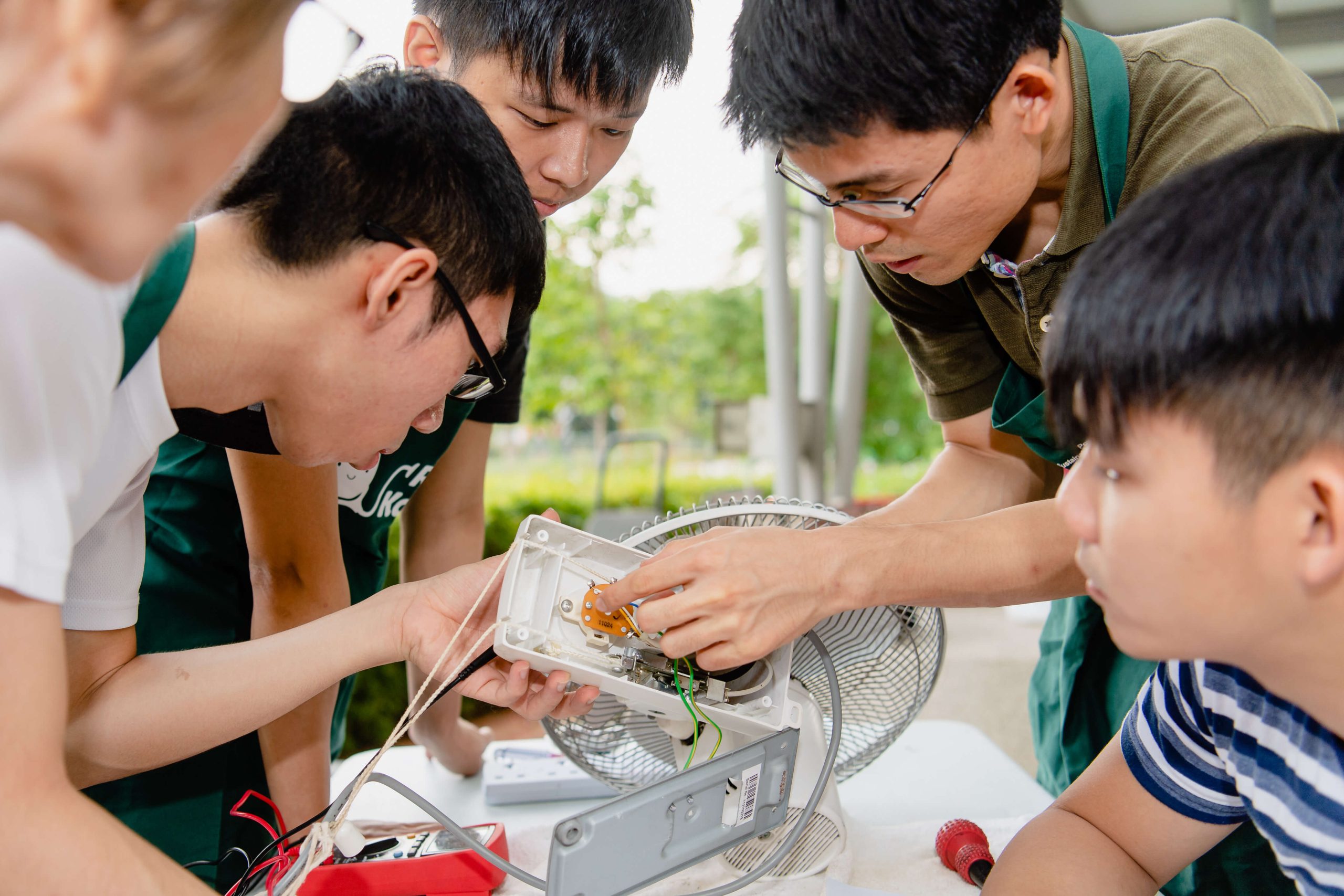
Stand against the buy-and-throw-away culture and cultivate a second-chance attitude when it comes to dealing with faulty electronics. Many electronics, like fans, irons, phones etc. can work just as well if you know where the faults are and repair them. This can ensure less waste is generated and save you money too.
There are many videos available on YouTube that will show you how to conduct simple repairs and help you understand how to replace parts.
Our #ChangeMakerSG partner, Repair Kopitiam, is a great place to learn how to repair your electronics and discover neat tricks to maintaining them. At Repair Kopitiam, you will find ‘Repair Coaches’ helping Singaporeans fix all kinds of faulty products, from electrical appliances to everyday household items. We at Geneco maintains a strong partnership with Repair Kopitiam so that we can reduce e-waste by encouraging people to try repairing faulty products first before deciding to discard it.
We are also excited to announce that we are strengthening our partnership by powering Repair Kopitiam’s expansion into Ang Mo Kio on 29 September 2019!
COMBATING E-WASTES WITH THE 4 RS
Preventing electronic waste from ending up in the incinerators, landfills and waterways can be achieved by everyone.
Reduce unnecessary demand for new electronics wherever possible, such as new smartphones or computers. Reuse/Repurpose properly working electronics such as by making your old phone your new music player. Recycle electronics so that we can collectively relieve the demand for raw materials. Finally, repair broken electronics and give them a new of life.
A little bit of patience, creativity and tenacity can go a long way to protecting our environment!
References:
- Elangovan, N. (2020, June 5) Singapore households generated additional 1,334 tonnes of plastic waste during circuit breaker: Study, Today Online.
https://www.todayonline.com/singapore/singapore-households-generated-additional-1334-tonnes-plastic-waste-during-circuit-breaker
Image Credits: Nylon Coffee Roasters
Source: The Sustainability Project
